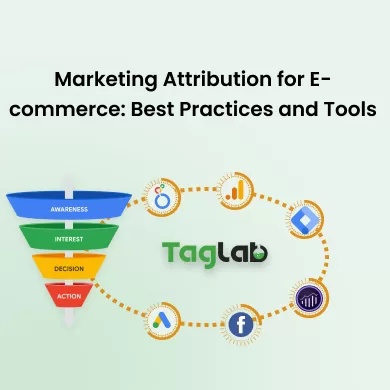Your cart is currently empty!
Application Programming Interface (API)
Posted by:
|
On:
|
An Application Programming Interface (API) is a set of rules and protocols that allows different software applications to communicate with each other. APIs enable the integration of various services and systems by defining the methods and data formats that applications use to request and exchange information.
Detailed Explanation
APIs are essential for modern software development, facilitating the interaction between different software components and systems. They allow developers to access functionalities and data from other applications or services without needing to understand their internal workings. APIs are widely used in web development, mobile applications, and cloud services. Key features of APIs include:
- Endpoints: Specific URLs where API requests are sent. Each endpoint corresponds to a particular function or data resource.
- Methods: HTTP methods (such as GET, POST, PUT, DELETE) that define the type of action to be performed on the resources.
- Requests and Responses: Data sent to the API (requests) and data returned by the API (responses). Responses typically include status codes and data in formats such as JSON or XML.
- Authentication: Mechanisms to ensure that only authorized users can access the API. Common methods include API keys, OAuth tokens, and JWT (JSON Web Tokens).
- Rate Limiting: Controls to limit the number of requests a user can make to the API within a certain timeframe to prevent abuse and ensure fair usage.
Key Points
- What it is: An API is a set of rules and protocols for building and interacting with software applications, enabling them to communicate with each other.
- Why it matters: APIs allow for the integration of different systems and services, enabling developers to build complex applications by leveraging existing functionalities and data.
- How it works: APIs define endpoints and methods for interaction, handle requests and responses, and provide mechanisms for authentication and rate limiting.
Examples
- Example 1: Google Maps API – Allows developers to integrate Google Maps into their websites and applications to provide location-based services and functionalities.
- Example 2: Twitter API – Provides access to Twitter data, allowing developers to post tweets, retrieve user information, and interact with Twitter’s social network.
- Example 3: Stripe API – Enables businesses to process online payments by integrating Stripe’s payment processing services into their applications.
Related Terms
- REST (Representational State Transfer)
- SOAP (Simple Object Access Protocol)
- OAuth (Open Authorization)
- Endpoint
- JSON (JavaScript Object Notation)
- XML (Extensible Markup Language)
Frequently Asked Questions
What is an API?
An API (Application Programming Interface) is a set of rules and protocols that allows different software applications to communicate with each other. It defines how requests and responses should be formatted and how various software components should interact.
Why are APIs important?
APIs are important because they enable the integration of different systems and services, allowing developers to build applications that leverage existing functionalities and data. They facilitate communication between software components and can simplify and accelerate the development process.
How do APIs work?
APIs work by defining endpoints and methods for interaction. Developers send requests to these endpoints using specified HTTP methods (such as GET or POST). The API processes the request and returns a response, which may include data and status codes. APIs also handle authentication and rate limiting to ensure secure and efficient usage.
Can you provide examples of APIs?
Examples of APIs include the Google Maps API, which allows integration of map services; the Twitter API, which provides access to Twitter data; and the Stripe API, which enables online payment processing. These APIs offer various functionalities that developers can use in their applications.
What are related terms to APIs?
Related terms include REST (Representational State Transfer), which is an architectural style for designing networked applications; SOAP (Simple Object Access Protocol), a protocol for exchanging structured information in web services; OAuth (Open Authorization), a framework for authorization; and data formats like JSON (JavaScript Object Notation) and XML (Extensible Markup Language), which are commonly used in API communications.
What should you consider when using an API?
When using an API, consider factors such as the API’s documentation, which should provide clear instructions for integration; authentication requirements, which may include API keys or tokens; rate limits to avoid exceeding usage limits; and the reliability and support provided by the API provider. Additionally, check if the API meets your application’s needs and integrates well with your existing systems.



